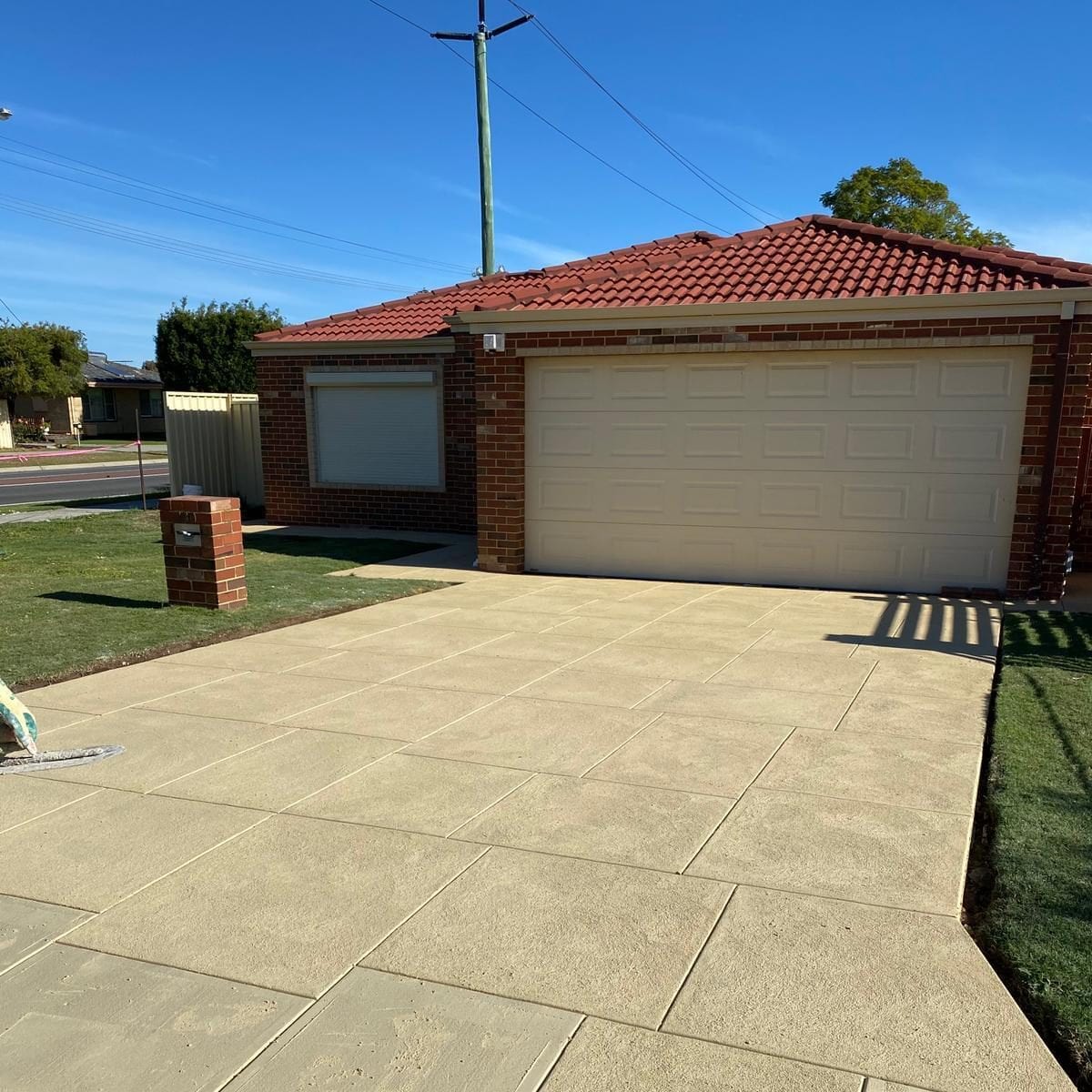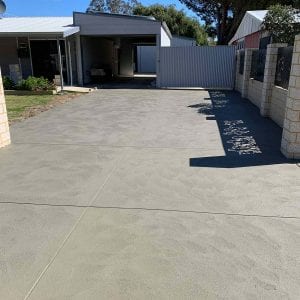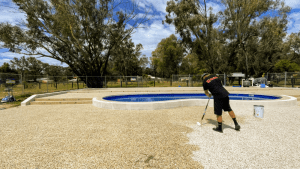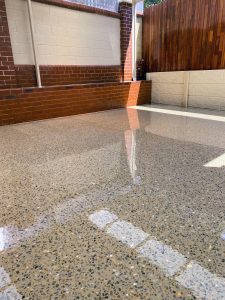Maintaining a strong, good looking driveway can be a daily challenge; from invasive grasses and weeds to alligator cracks, there is no shortage of problems that can arise from natural wear and tear. Even worse, keeping your driveway in good shape is not just an aesthetic requirement; many of the minor inconveniences that can pop up from time to time, if left alone, can quickly grow into problems that can cause expensive structural damage. So what are some of the best general maintenance tips on how you can best maintain your driveway?
1: Prevent Cracks Before They Start:
Preventing driveway cracks is all about reducing the environmental elements present around the driveway. There are two major steps you can take: One, you should make sure that your water drainage system directs water away from the driveway, as well as ensure all leaks are sealed as quickly as possible; this prevents water from getting beneath the concrete, freezing, and causing damage. And two, make sure plants with deep root structures (like trees and large bushes) are a safe distance from the driveway. The length needed to keep your plants away will vary from plant to plant, but a good rule of thumb is that you need to keep your plants far enough so that their branches don’t overhang above the driveway; this is because most trees and bushes have a root length roughly equal to the size of their furthest branches.
2: Proper Cleaning and Basic Maintenance
Keeping your driveway clean and tidy does more than keep up appearances; motor oils and other lubricants can be absorbed by the driveway and weaken the top layer of concrete, or seep into small cracks leading to further damage.
3: Kill Every Weed You Find
Killing weeds as soon as you find them both along the side of your driveway and inside cracks of your driveway is imperative; weeds have roots, roots slowly but surely dig into the concrete, extending cracks and causing damage. Using weed killer or pulling the weeds by hand are both fine.
4: Fill Cracks ASAP
Cracks in concrete may seem commonplace; many driveways have them, and most homeowners don’t take the time to give these serious problems the proper time they warrant. However, concrete cracks are major structural hazards that will only worsen with time, and you should address them as soon as possible.
- For Sealing Cracks: Anything considered a hairline crack (or smaller than 1/4 inch wide) is fillable with a premade concrete filler; however, anything wider than 1/4 can be a serious problem. You can fill these cracks with dry cement mix, but this is usually only a temporary fix; the underlying cause of the crack or existing structural damage may be too severe to solve with a simple fill and patch job. In the case of any severe concrete damage, you should consult a professional to receive an estimate of the damage and discuss possible solutions.
5: Don’t Use Salt for Deicing or Ice Prevention
While this advice won’t apply to those in warmer climates, salt is common for most homeowners during the winter months. Salt is an excellent tool for reducing ice and snow buildup, along with giving you traction across slick, snowy surfaces. However, salt causes a chemical reaction inside the surface of concrete; this reaction weakens the concrete and leads to a weakening of the surface and increases the damage caused by the freeze-thaw cycle. We recommend using potassium chloride (although it can be expensive and isn’t the best for the environment), cat litter, or sand as an alternative to rock salt for paving your concrete driveway.
6: Be Mindful of the Weight on Your Driveway
Concrete can take a lot of wear, tear, and daily use. However, concrete still has its limits, one of which is the weight and pressure applied from cars. It may seem weird to advise not parking on your driveway, but it’s true! Prolonged parking from heavy vehicles, especially on the edges or structurally weaker areas, can lead to damage and cracking. Therefore, we recommend parking on your driveway only when necessary, especially if you have a heavy vehicle, reduce the total number of cars on your driveway as much as possible, and avoid parking along the edges of your driveway.
7: Keep Your Expansion Joints Sealed
Expansion joints or isolation joints are the large, sealed seams in your concrete driveway or walkway. These joints allow your driveway to expand and contract during the freeze-thaw seasons. These joints are important for your driveway to function correctly and should be a priority to keep intact. If the sealant inside your expansion joints begins to degrade, water will drain into the joint and either slowly erode the concrete below, or freeze, expand, and cause some expensive damage. It is because of this that you should make sure your joints are always properly sealed.
8: Avoid the Use Of Snowplows
Snowplows can be a convenient tool for removing large amounts of snow quickly and easily; however, they can also wreak havoc on a driveway. Larger, vehicle-attached plows and smaller, handheld plows can cause large cuts, scrapes, and chips. Snowblowers may seem like a practical alternative to snowplows, but they can cause even more damage than snow plows if used incorrectly. While it can be a pain in the lower back, we recommend hand shoveling your driveway if possible. However, if you have a driveway too large to be shoveled manually, use a two-stage snowblower with a correctly adjusted auger height.
Driveway maintenance is essential for both the structural integrity and curb appeal of your home. If you’re looking to replace your driveway you can view our selection of services here. Or, if you have questions about our concrete options or would like a quote, you can contact us here.




